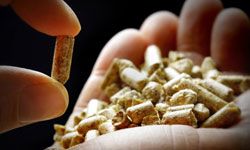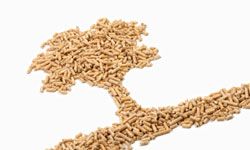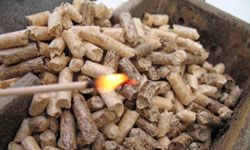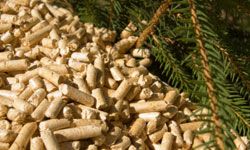When economic times are tight, we start looking at what costs we can control, and one cost that can get out of control, with fluctuating fossil fuel prices, is heating our homes. To cut costs, more people are considering alternative heat sources, and wood pellet fireplaces are one possible solution to this high-price problem.
Around 64 percent of Americans report that they're considering a new technology, such as a fireplace, wood stove or pellet stove, to be more energy efficient [source: Hearth, Patio & Barbecue Association]. In fact, pellet fireplaces are not only efficient, but they also have relatively less impact on the environment than other heating mechanisms. As of 2009, about 800,000 American homeowners were using wood pellet stoves [source: Consumer Reports].
Advertisement
Wood pellet fireplaces are capable of burning a variety of materials -- often the byproducts of sawmills -- that are formed into small, dense pellets, which burn very efficiently.
Are you considering heating your home with a wood pellet fireplace? Read on to learn about 10 things you might want to know before you make your purchase.





